Cemetery Tour with Pam Fox
Sunday, October 26, 2pm
Meet at the Golden Ball Tavern
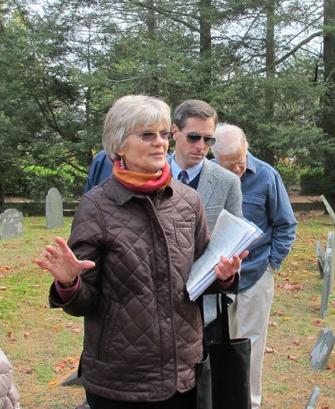
On Sunday, October 26th, Pam Fox, president of the Weston Historical Society and author of Farm Town to Suburb: The History and Architecture of Weston, Massachusetts, will lead a free tour of the two oldest cemeteries in Weston: Farmers Burying Ground and Central Cemetery, co-sponsored by WHS and the Golden Ball Tavern Museum. Pam will share stories about customs, gravestone artistry, and the prominent people of Weston laid to rest in our town center. The tour will include reflections on the Revolutionary War era soldiers who are buried there.
The tour will begin at the Golden Ball Tavern Museum at 2 p.m. Light refreshments will be served following the tour.
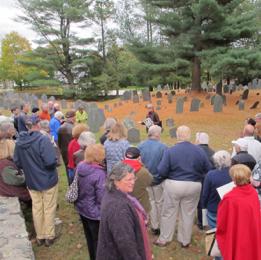
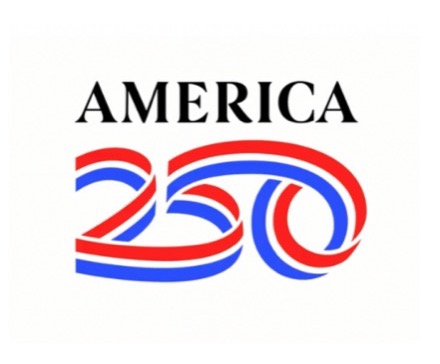
What happened in Weston?
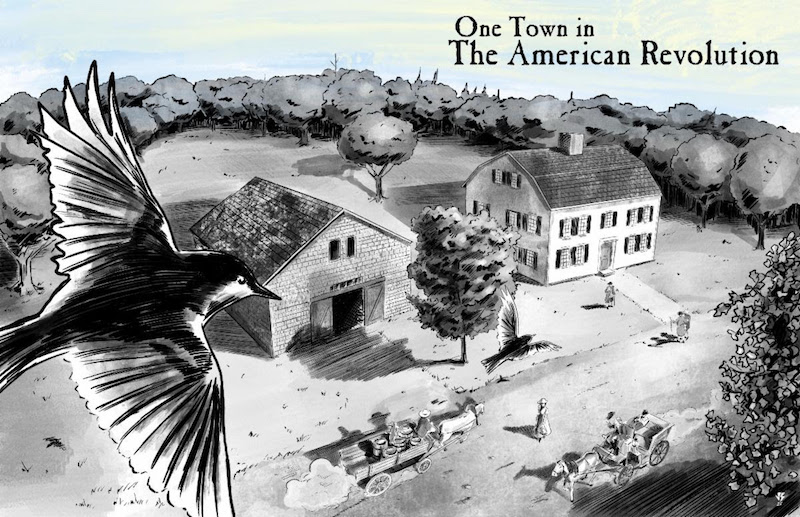
Complete Video Series Now Available
All eight episodes of “One Town in the American Revolution” are now available to watch.
These short (three-to-four-minute) videos focus on Weston people and events in 1774 and 1775, the two tumultuous years leading up to the outbreak of the Revolutionary War. Written by Pam Fox of the Weston Historical Society, the videos were produced by Alanna Muldoon of Weston Media Center and narrated by Alanna Muldoon (episodes 1–5) and Tim Armour (episodes 6–8).
What a Glorious CRASH
They Made:
Musick of the American Revolution
by Richard Franklin Donohue
Thursday, October 30, 2025
7:00 Annual Meeting
7:15 Refreshments
7:30 Musical Performance
Weston Public Library Community Room
Refreshments
All are Welcome
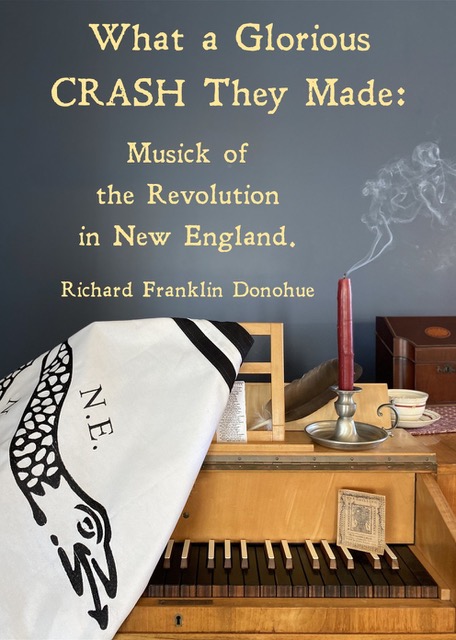
Join us for the “fiery repertoire” of musician and historian Richard Franklin Donohue, who will present songs and hymns published in New England during the Revolutionary War years. From the time of the Stamp Act through the British surrender at Yorktown, seditious colonists used these works to foment rebellion, commemorate victory, and give thanks for preservation. Richard Franklin Donohue, Tenor & Harpsichord will explore works that, in the words of John Adams, “cultivated the sensations of Freedom.” “What a glorious Crash they made” has been performed throughout the region in celebration of the 250th anniversary of the American Revolution.
A most enjoyable evening of songs beautifully sung and their stories engrossingly told.
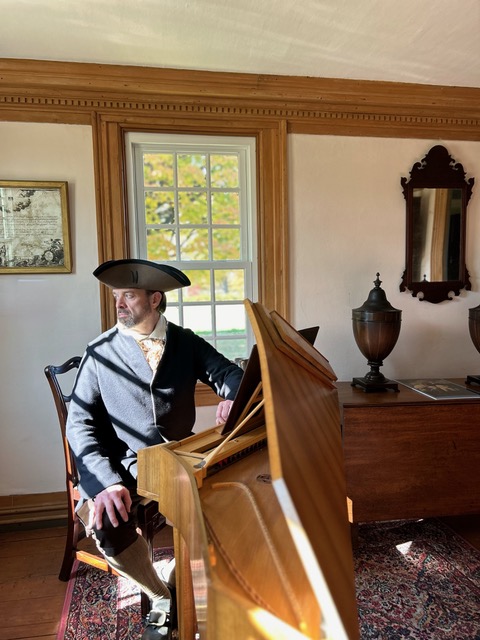
Richard Franklin Donohue is a singer, private music instructor, and historian. Vocally he is a tenor who specializes in historic music ranging from Middle English Carols to 19th century romantic music. Richard is the Town Historian of his hometown of Cromwell, Connecticut and has been the President and Program Director of the Cromwell Historical Society for nearly 20 years. He presents historical lectures throughout New England on a variety of topics.
